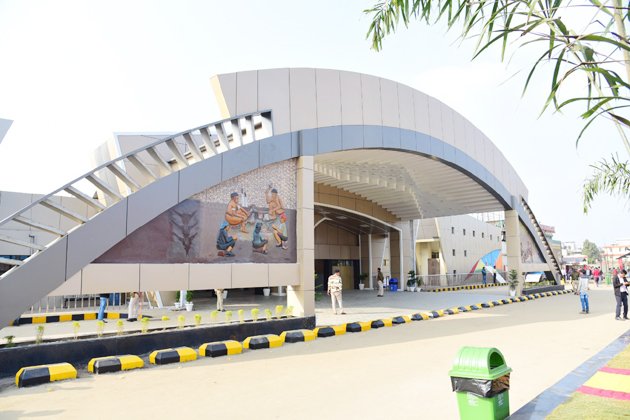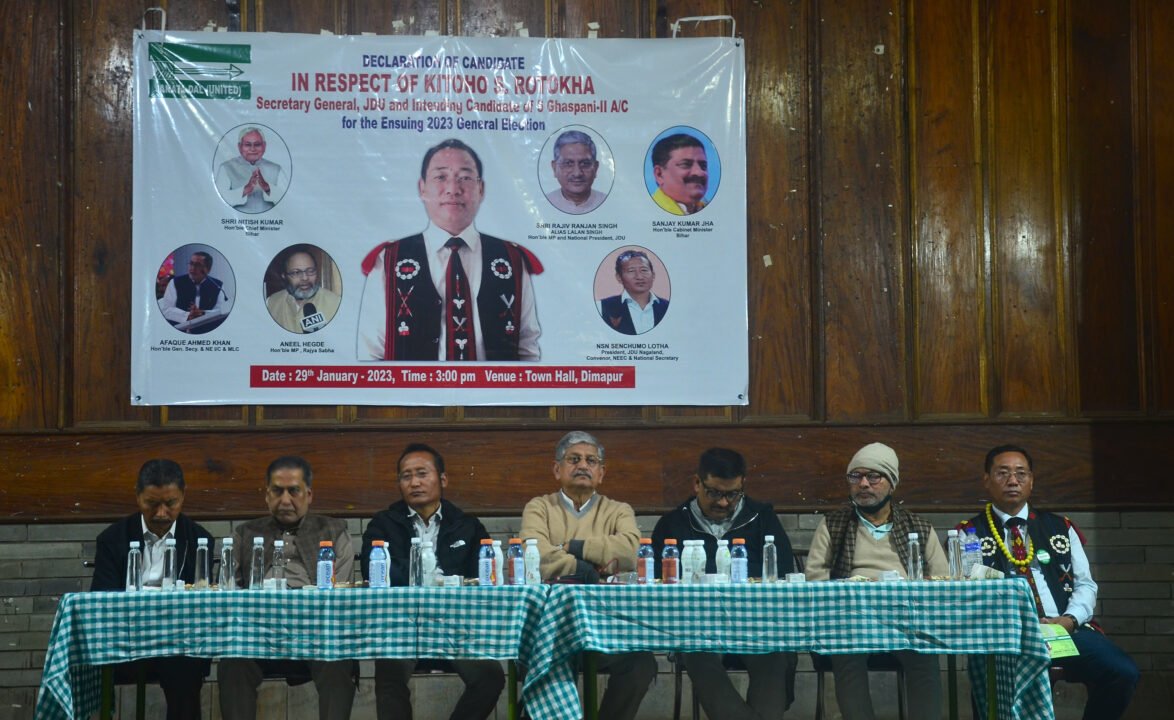HT Digital
DIMAPUR, May 6: A police investigation in Dimapur, Nagaland, has uncovered disturbing revelations in a case involving a man who impersonated a medical doctor for over a decade. Identified as Albert P. Lotha, a man in his thirties, the accused posed as an MBBS doctor and managed to operate undetected until his deception came to light earlier this year.
According to Dimapur police, Albert falsely claimed to hold an MBBS degree from Rajiv Gandhi University of Health Sciences, Bangalore. Since 2014, he had been practicing out of Medical Hall, a family-owned clinic located in New Market, Dimapur. The case gained traction after the Nagaland Medical Council filed a formal complaint, citing inconsistencies in Albert’s medical credentials.
What began as a case of impersonation quickly escalated when investigators discovered that Albert had gone far beyond operating a small private practice. Police revealed that he had also worked inside a hospital’s Emergency Room (ER) and allegedly conducted post-mortem examinations — actions that would normally require stringent qualifications and government authorization.
Officials from the Health and Family Welfare (H&FW) department confirmed the existence of post-mortem reports bearing Albert’s signature. Doctors at the Dimapur District Hospital (DH) also reported witnessing him performing duties in the ER, and at one point, Albert even claimed to specialize in dermatology.
Further investigation revealed that Albert may have been linked to both the Dimapur District Hospital and the Chief Medical Officer’s (CMO) office between 2016 and 2022. During this time, he allegedly carried out 29 to 30 post-mortems. Disturbingly, many of these reports were reportedly countersigned by the Chief Medical Officers, potentially lending them official credibility.
If verified, these developments could have serious implications, particularly for criminal and homicide investigations during the period in question. However, police say they are still in the process of verifying the authenticity of these claims and the extent of Albert’s involvement.
Despite his prolonged presence at both the hospital and the CMO office, the H&FW department maintains that Albert was never officially appointed or authorized. Investigators are now trying to determine how he managed to gain such access. “It remains a mystery how he got there or who authorized him, but the documents clearly show Albert’s involvement at the CMO office and the hospital ER,” a source close to the investigation stated.
The case raises serious questions about oversight, verification processes, and internal accountability within public health institutions in the state. Authorities continue their probe to uncover how such a long-standing fraud could go undetected and who may have facilitated or overlooked Albert’s actions.












